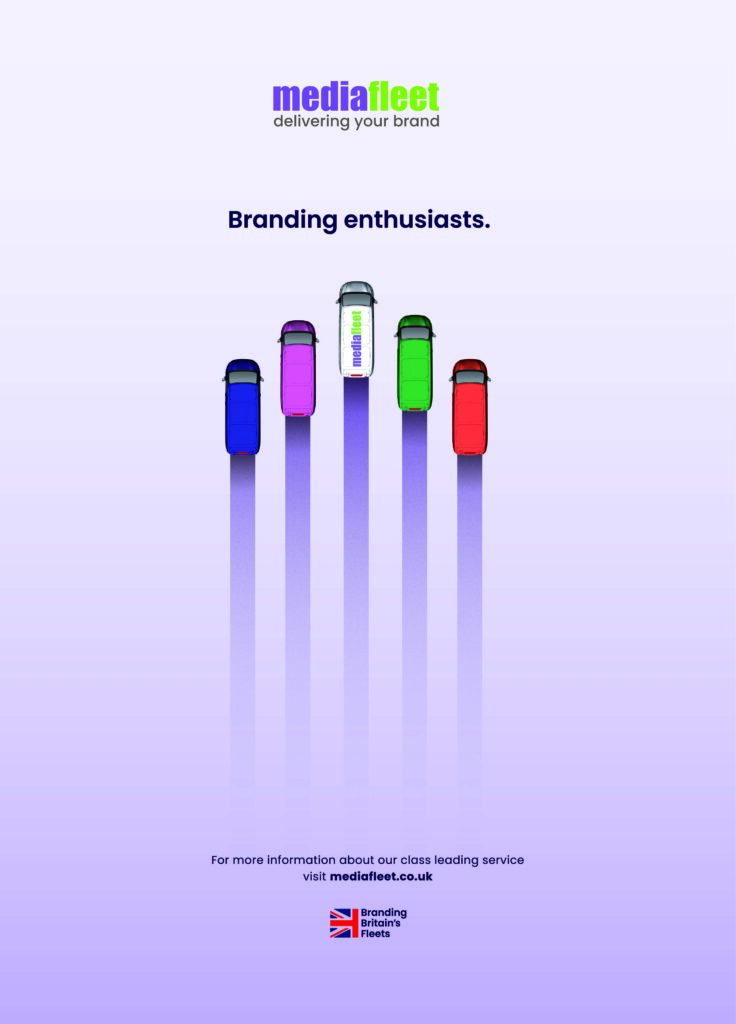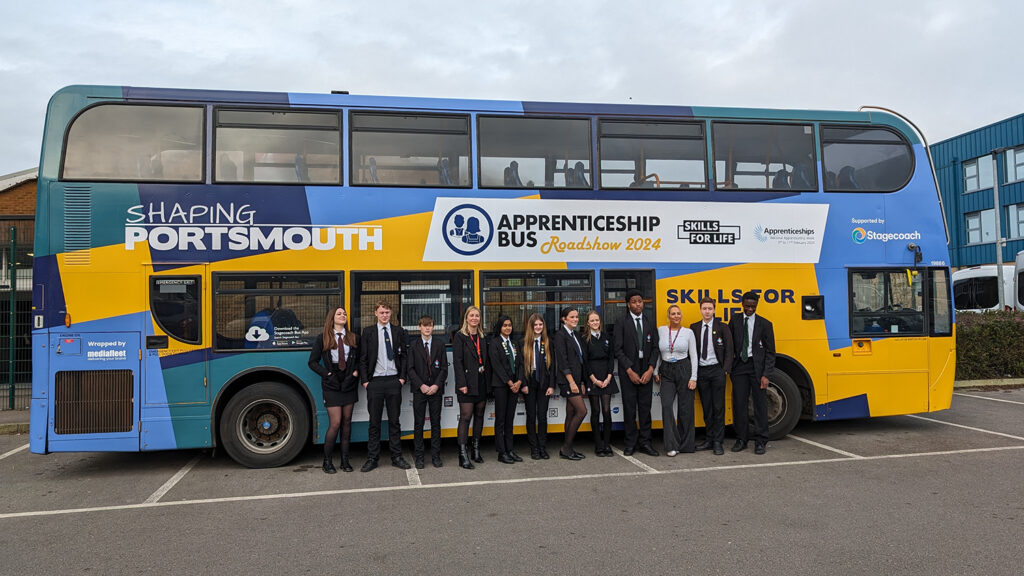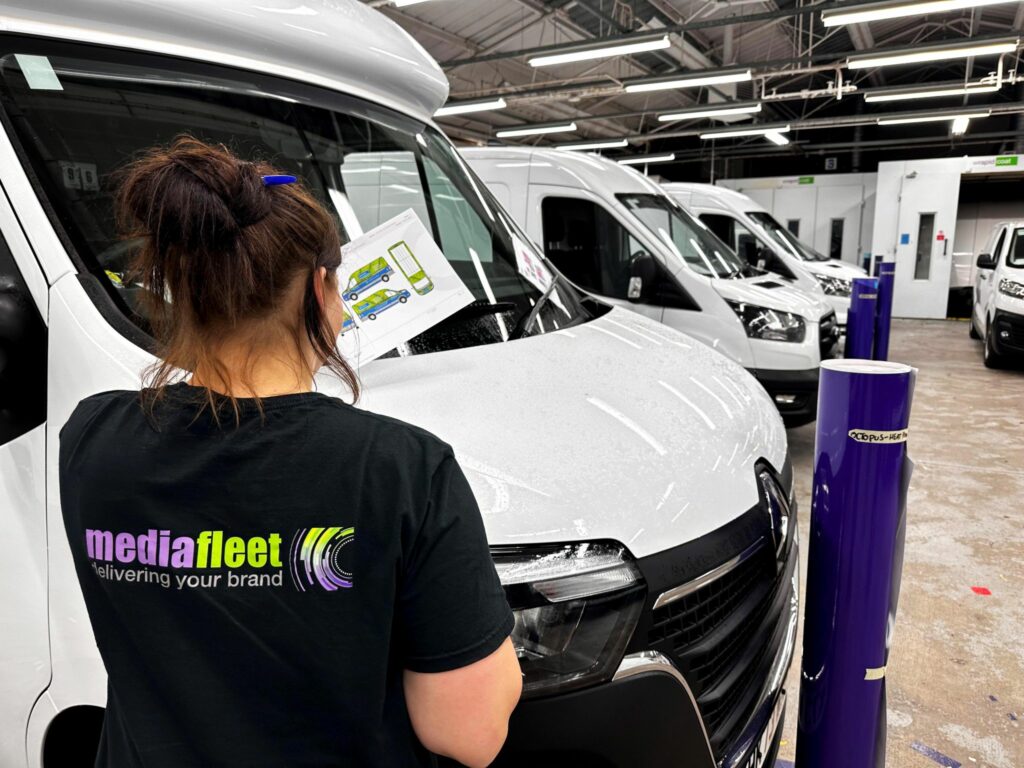
The Golden Age of Branding
There are now more ways than ever for businesses to promote their brands and ‘speak’ to their customers, but the history of branding goes back centuries.
It could be argued that ‘branding’ has been around for at least 35,000 years. The simple cave painting of hands discovered in caves all around the world could be representing any number of messages or even signatures. Even then, these early ‘marketers’ were creating distance between themselves and the rest of the tribe.

Over time, brand teams have learned how to stand out from the masses, grab attention and convert the public into customers. One communication channel that has proved remarkably effective in achieving this is ‘motorsport branding’.
The birth of modern branding happened in the 1950’s when companies really started to understand brand management and developed divisions to handle this – what we would call the marketing department today. What brand managers realised was the effective use of ‘emotion’
By aligning the company’s product with an aspirational vehicle, marketers moved from ‘info’ based advertising to ‘personal’ advertising. I remember when I was a kid passing a Gulf petrol station and immediately thinking of Steve McQueen in the film Le Mans. I had an affinity with the Gulf brand, not because I had shares in Gulf or even bought their petrol, I just thought it must be the best because Steve McQueen uses it and has the brand on his Porsche 917.

Dave Adams, Rofgo Collection – 1971 Porsche 917K at the Goodwood 74th Members Meeting (Photo 2). Licensed Under CC.
Iconic racing branding lives in the memory of every motor racing fan. The spectacle of the event combined with the thrills of the racing, the noise from the cars and the crowds, the breath-taking designs of the cars, and the personalities of the drivers, all combining to create lasting memories – and immediate recall of the branding! Whether it’s the decal shapes or the colours used, just a mere glimpse is enough to evoke powerful memories and emotions.
Racing cars were slowly being transformed into mobile billboards adorned with striking designs, colours, stickers, and names with businesses paying top dollar for the privilege. It sparked the vehicle branding revolution.
But, for me, as a motor racing fan, the branding became a recognisable signature, allowing to me to pick out my favourite driver or team from the fast-moving action taking place in front of me. So, let’s take a closer look at how these branding teams achieved such tremendous marketing feats.
What does 3707 Zenith Blue, and 3957 Tangerine mean to you?
What about ‘Equiluminance’?
Equiluminant colours have long been used by marketers because they deliver special properties that cause the brain to retain that information. They do this because they appear strange and can even conjure up the impression of motion. Artists have recognised this for years and the great exponents of this technique include Claude Monet, Piet Mondrian and others. It’s all to do with colour saturation and how the eye works but, to be honest, it’s far too technical for me, it’s enough to say, it works.

But one of the greatest examples of this effect was created by Grady Davis, Executive V.P. of Gulf Oil when Gulf became the sponsor of the J.W. Automotive team of GT.40s. Davis said the cars had to be powder blue and orange, which were the corporate colours. The most famous example being the three time, Le Mans winning GT40.

Then, the coolest man on the planet at the time, the so called ‘King of Cool’, Steve McQueen starred in the 1971 film, Le Mans, as Michael Delaney. Steve drove one of two Gulf branded Porsche 917Ks painted in the instantly recognisable ‘Blue and Tangerine’.
This secured the Gulf branding as one of the most instantly recognisable brands.
In the ensuing years, Gulf race cars, including models from Audi, McLaren, Porsche, and Aston Martin, have competed for titles on world-renowned circuits. Many special-edition, Gulf-livery derivatives have decorated cars like the Lotus Evora 400, Ford Mustang GT Premium, Ford GT Heritage Edition, and more recently the $1.7-million, 804-horsepower McLaren Elva.

Dave Adams, Rofgo Collection – 1971 Porsche 917K at the Goodwood 74th Members Meeting (Photo 1). Licensed Under CC.



